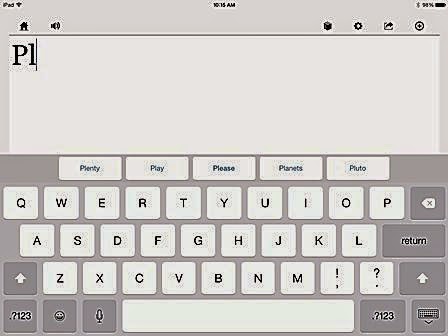By Everette Bacon
Utah Chapter President
National Federation of the Blind
The National Federation of the Blind is the largest organization of blind and low-vision people in the United States. Founded in 1940, the Federation has grown to over 50,000 members. Here in Utah, we have over 2,000 blind, low vision, and sighted members on our registry and we have been an active, not-for-profit organization since 1957.
As the voice of the blind community, we oppose the Council’s ground transportation ruling, which imposes onerous requirements on ridesharing companies like Uber and Lyft. Ridesharing technologies have had an incredible impact on the blind and vision impaired community, enabling them to live fuller and more independent lives. These transportation alternatives should be welcomed into Salt Lake City in a sensible way that embraces the uniqueness of the model.
Ridesharing apps are lauded by accessibility advocates because of their ease of use and reliability. Riders can use voice commands and software compatibility to request a ride anywhere in the city. While public transportation can be an option, what makes ridesharing liberating for those with impaired vision is that it offers a safe and reliable ride within minutes of pressing a button.
Requesting a ride through Uber or Lyft ensures a clean and safe vehicle will arrive at the rider’s location within a matter of minutes. This eliminates the need to hail a taxi, a process that can be extremely difficult for those with vision impairments. The voice access technology counts down the minutes until a car arrives. Riders can enter their destination in the app prior to the trip and estimate the fare thus ensuring the driver will take them directly where they want to go. Since the fare is charged to a credit card on file, there is no payment friction, there is no handling of cash and there is no worry over getting short-changed.
Because discrimination is one of the biggest issues our community faces, the level of accountability involved in ridesharing is an unparalleled advantage. Also, as direct feedback is submitted after every ride, any questions or concerns can be addressed immediately – a process that can be extremely difficult or impossible with traditional transportation options, like a taxi.
Salt Lake City Council should remove outdated impediments to progress and embrace the services that consumers want and need, especially services that are making a difference in the lives of so many people facing limited mobility.






.jpg)




